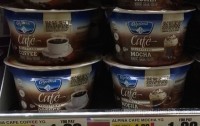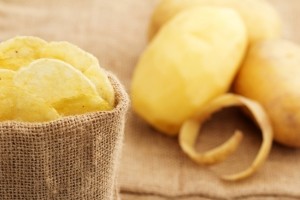Timing and novelty both critical to snack brand success, say analysts

Results from the firm’s global consumer survey – conducted across 31 countries in the final quarter of 2015 – show that 34% of regular snackers find time-specific products appealing.
Tanvi Savara, consumer insight analyst at Canadean, said the appeal is particularly strong amongst brand loyal consumers. However, the time of day will also be a factor in the type of snack people are willing to buy.
For example, consumers are more likely to snack on healthy choices earlier in the day. Later on, indulgence is more likely to be an influence, with chocolate or savoury snacks preferred.
Adding a twist
NPD is helping consumers experiment between meals. Some brands have taken inspiration from familiar flavour profiles and added a twist to generate appeal, Savara said.
Alpina Café Selections yogurt, which hails from the US, is one such example: it claims to have caffeine content equivalent to about half a cup of coffee and is positioned as the ‘perfect addition to anyone’s morning or afternoon routine’.
Brands like Cadbury, with its Dairy Milk Medley, are also “redefining consumption occasions” by incorporating ingredients that are reminiscent of meals or desserts in order to extend consumption into new times of the day.
Novel idea
In developed markets novelty is crucial as consumers look to experiment outside of set mealtimes and try more exotic flavours. Popcorn in strawberry and cream flavour in the UK, and potato chips in chocolate chilli flavour in France, are examples of much-needed innovation in the category.
Indeed, sales are flatlining or, in some cases, going into reverse in the developed markets. Analysts at Mintel recently suggested the snacking category is “under threat” in the UK, which is the largest savoury snacks market in Europe.
Mintel said manufacturers are struggling to keep pace with demand for healthier options. For instance, 70% of snackers want manufacturers to do more to reduce sugar in snacks. However, only 11% of snack products launched in the UK last year had a low, no or reduced sugar claim, whilst 8% carried a low, no or reduced fat claim and just 4% carried a low, no or reduced calorie claim.
Growth forecasts
Major growth in snacking is however expected in developing countries. According to forecasts published this week, also by Canadean, Asia-Pacific and Eastern Europe are the regions to watch with expected compound annual growth rates (CAGRs) of 13.7% and 7.3% respectively.
The global savoury snacks market will rise from US$94.5 billion (€84.1 billion) in 2015 to US$138.2.billion (€123 billion) by 2020, Canadean predicts, representing a CAGR of 7.9%.
Consumption of savoury snacks across Europe varies from country to country but on average around 3.6 kilos are purchased per year per person, according to the European Snacks Association.
















